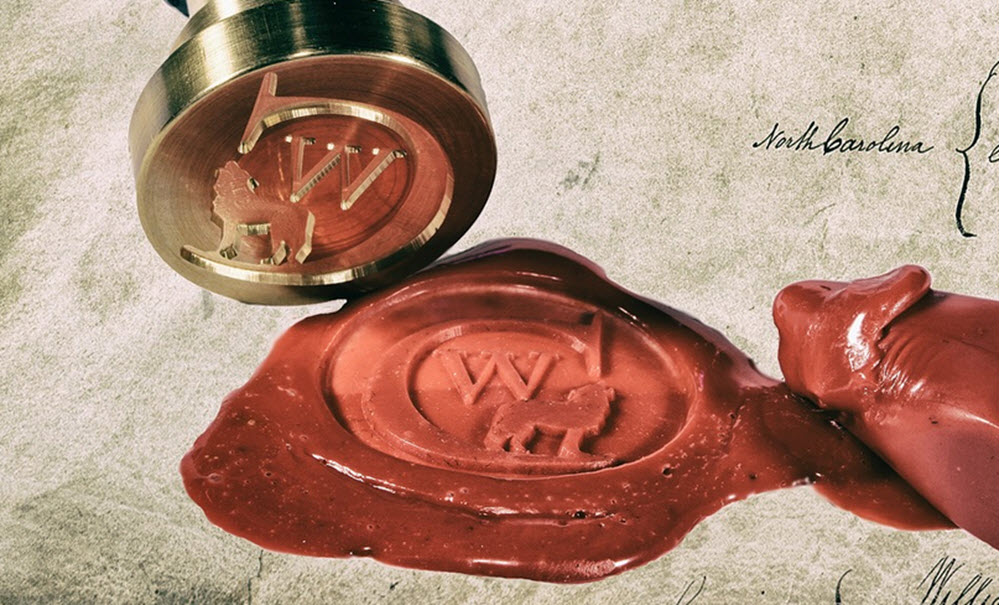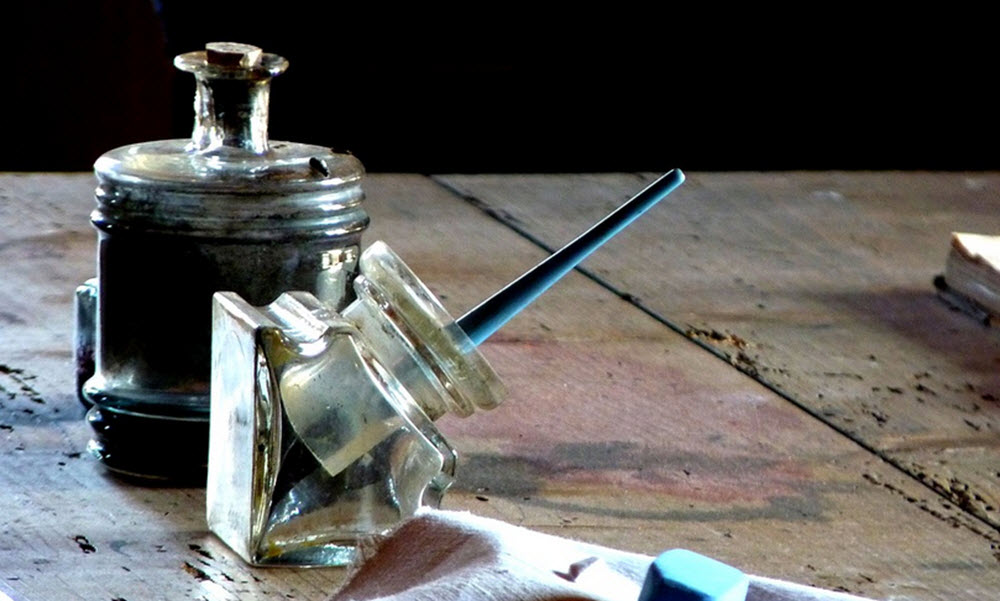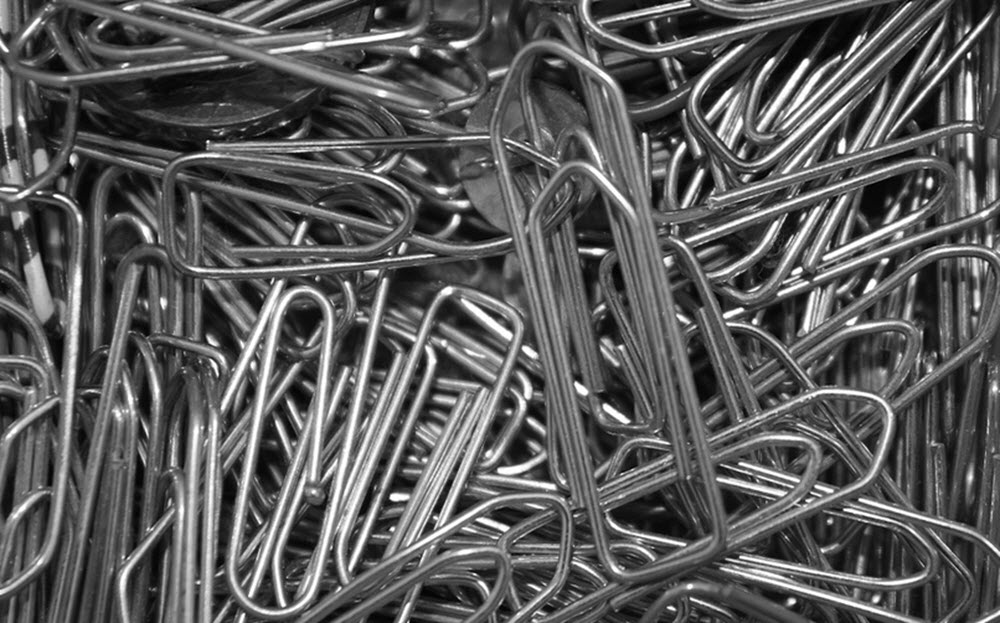Writing, an age-old form of expression and communication, has evolved through the centuries, and so have the instruments we use. Reservoir pens, often known as fountain pens, hold a special place among the various writing instruments. This article explores the history, components, and significance of reservoir pens. History of Reservoir Pens The Birth of an Icon The origins of reservoir pens can be traced back to the 10th century, but the modern fountain pen as we know it began its journey in the late 19th century. Lewis Waterman, an insurance broker, is credited with inventing the first reliable fountain pen in 1884. His innovation lay in creating an efficient feed…
-
-
Sealing wax
Sealing wax is softened/melted with heat, poured into a small circle on parchment, paper or similar, and then stamped to create an embossment. The wax will cool and harden quickly at room temperature. Traditionally, sealing wax has been used to make documents more difficult to tamper with without leaving traces. Example: A private letter could be folded, sealed with wax and sent on to the recipient. The recipient would receive the letter, inspect the wax for signs of tampering, and then break the seal to open the letter. For wrapped boxes, sealing wax was typically applied to both the ribbons and wrapping in the same spot, to make it difficult…
-
Inkwell
An inkwell is a container used for holding ink. It is designed in a way that makes it easy to frequently dip a quill, pen, brush or similar into it while writing. When the writing session is over, the inkwell can be closed to safeguard the ink until the next session. Before the advent of the reservoir fountain pen, the inkwell was an essential part of the classic setup for a writing desk, and even after shifting over to reservoir pens, some writers kept the inkwell at their desks as a source of ink for refilling the pen as needed. Inkwells have been created from a wide range of materials,…
-
Quill (pen)
A quill is a writing tool made from a bird´s flight feather. The primary wing-feather of a large bird, such as a goose, is considered best for making a quill, and it should ideally be a feather that the bird released while going through its natural moult. The shaft of a flight feather is naturally hollow (the shaft is called calamus), so hollowing it out is not necessary. Just like other dip pens, a quill has no large internal reservoir for ink that is filled up from the bottom of the pen, and it must therefore be regularly dipped into an inkwell during writing. A quill has an open end…
-
Paper clip
A paper clip is great to have when you need to keep sheets of paper together temporarily, and do not want to cause any damage to the papers. The most famous paper clip design is the Gem type, which was launched in the 1800s. This design is characterized by almost two full loops of wire. Samuel B. Fay On 23 April, 1867, a patent for a bent wire clip was awarded to Samuel B. Fay in the United States. The clip was chiefly intended to attach tickets to fabric, but the patent recognizes that the clip can be used to keep sheets of papers together too. The patent number is…





